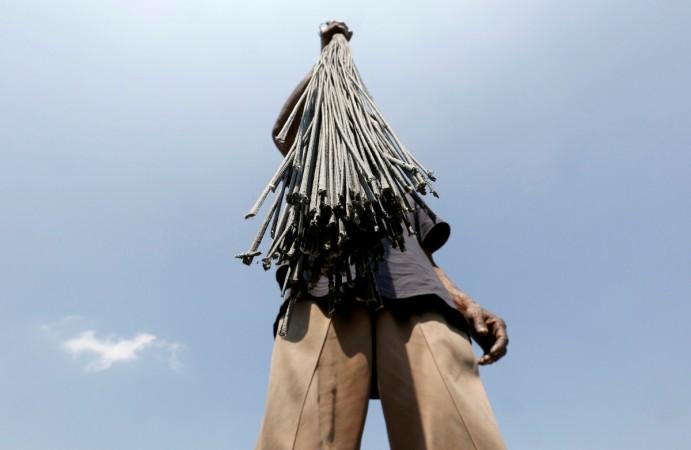
As India gears up to celebrate Diwali, chances are that you are hearing the sounds of exploding firecrackers interspersed with the laughter of giggling children while you are reading this. But as adults, we need to be very afraid of this seemingly innocent fun as a new study suggests that six most popular firecrackers emit particulate matter (PM) 200 to 2,000 times the safe limits as designated by the World Health Organization (WHO).
Put alternatively, comparing the smoke emitted by the six popular firecrackers to tens of cigarettes reveals that – the snake tablet is equivalent to 464 cigarettes, the laad (string of 1,000 crackers) is equivalent to 277 cigarettes, the pul-pul (string sparkler) is equivalent to 208 cigarettes, fuljhadi(sparkler) is equivalent to 74 cigarettes , chakri (spinning firecracker) is equivalent to 34 cigarettes and the anar (flower-pot) is equivalent to 34 cigarettes. Would you be willing to send your child into a room filled with smoke from 464 cigarettes?
The numbers mentioned above were arrived at after a 2016 study by the Chest Research Foundation, Pune, and students from the Interdisciplinary School of Health Sciences of the University of Pune was compared to a 2014 study published in medical journal Tumori by IndiaSpend.
The 2016 study used a photometer (which counts the number of particles and converts them into mass) to record minute-by-minute levels of PM 2.5 over the duration of the study. IndiaSpend, while citing the 2014 study, analysed the study results and compared them to the PM 2.5 emitted by a single cigarette in a closed room of 50 m³ to get the equivalent of cigarettes inhaled.
Particulate matter (PM) is considered dangerous to humans as it can reach the deepest portions of the lung. International Agency for Research on Cancer declares it as a class 1 carcinogen and it's also linked to heart disease and respiratory ailments.
PM 2.5, 30 times finer than a human hair, is even more dangerous due to its tiny size and ability to accumulate in human organs and blood. India has set a 24-hour mean standard of 60 µg/m³ for PM 2.5, while the WHO has a lower standard of 25 µg/m³.
The research revealed that the snake, laad and pul-pul were the top three PM 2.5 producers, while the anar produced the lowest amount of PM 2.5. The findings are particularly worrying for children.
"Children, in particular, burn the fuljhhadi, the pul-pul and the snake tablet barely a foot or two away from them, and in doing so, (they) inhale a large number of smoke particles that reach deep into their lung," Sneha Limaye, senior scientist at the Chest Research Foundation, was quoted saying to IndiaSpend.
The report and research may actually be understating the concerns they have raised as the levels of PM 2.5 were measured only when an individual firecracker was burnt. However, many people burn many firecrackers together, thus the cumulative levels of PM 2.5 could reach "extremely high levels".
Apart from the release of particulate matter from firecrackers, other harmful gases such as nitrogen dioxide and sulphur dioxide are also harmful.
"The extremely high levels of air pollutants generated during the burning of firecrackers causes worsening of asthma, allergic diseases of the eyes and nose, respiratory tract infections, pneumonias and heart attacks," wrote Sundeep Salvi, director of the Chest Research Foundation.





!['Lip lock, pressure, pyaar': Vidya Balan- Pratik Gandhi shine in non-judgmental infidelity romcom Do Aur Do Pyaar [ Review]](https://data1.ibtimes.co.in/en/full/797104/lip-lock-pressure-pyaar-vidya-balan-pratik-gandhi-shine-non-judgmental-infidelity-romcom.jpg?w=220&h=138)







